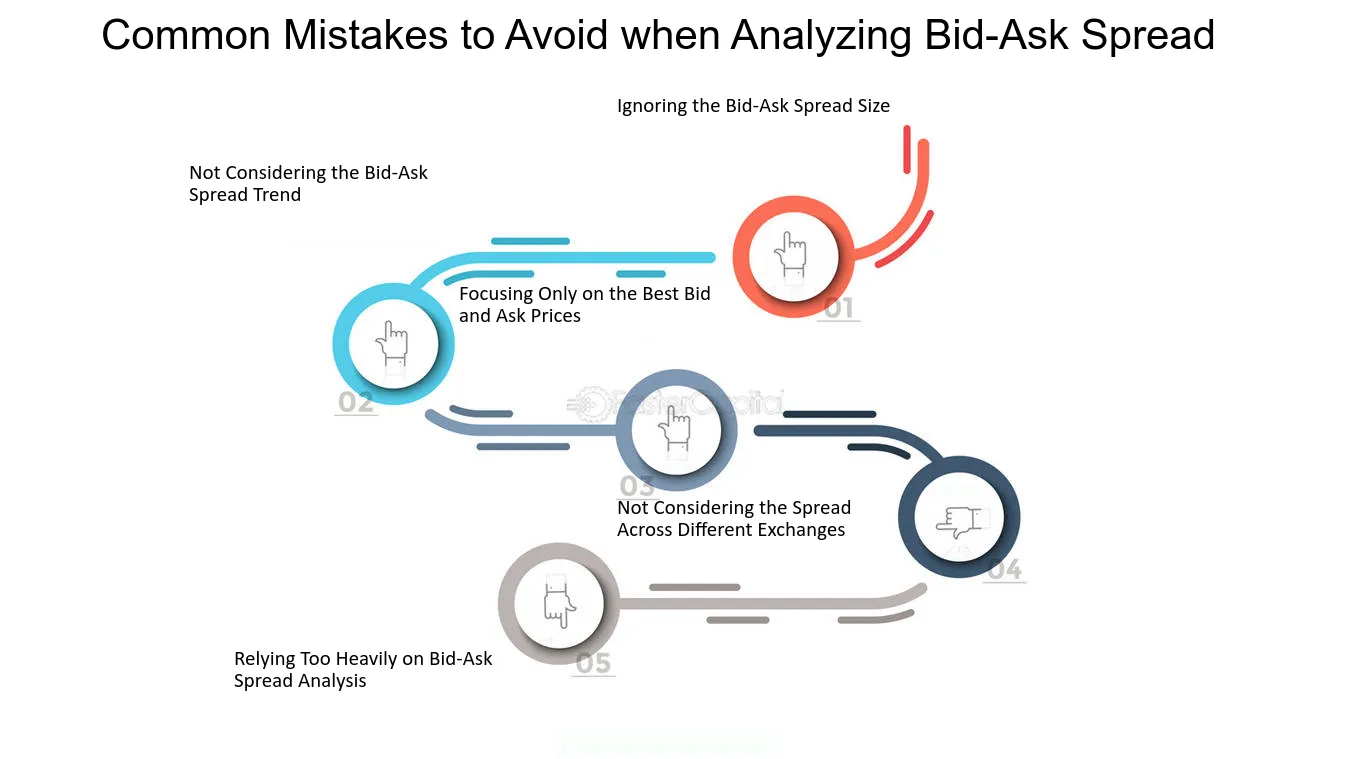Did you know that over 90% of day traders lose money, yet they still keep coming back for more? This article dives into the essential aspects of analyzing market trends specifically for options day trading. We’ll explore key market trends to monitor, how to spot bullish and bearish movements, and the best tools for tracking these trends. You’ll learn about the influence of economic indicators, the role of volatility, and the importance of technical analysis and chart patterns. We’ll also cover how news events can sway market trends, the significance of time frames, and how to interpret moving averages effectively. Avoid common pitfalls and craft a robust trend analysis strategy to enhance your trading success. Stay informed with DayTradingBusiness for all the insights you need to thrive in the dynamic world of options trading.
What are the key market trends to analyze for options day trading?
Key market trends to analyze for options day trading include volatility, price momentum, support and resistance levels, market sentiment, and economic indicators. Focus on the implied volatility of options, as it affects pricing. Look for significant price movements in underlying stocks. Identify key support and resistance levels to gauge entry and exit points. Monitor news and social media for shifts in market sentiment. Lastly, stay updated on economic reports that can influence market conditions.
How can I identify bullish and bearish market trends?
To identify bullish and bearish market trends for options day trading, start by analyzing price action on charts. Look for higher highs and higher lows to spot bullish trends, while lower highs and lower lows indicate bearish trends. Use technical indicators like moving averages; a stock trading above its moving average suggests bullishness, while below indicates bearishness. Also, watch for volume; increasing volume confirms trends, while decreasing volume may signal reversals. Finally, keep an eye on news and market sentiment, as these can influence trends significantly.
What tools are best for tracking market trends in day trading?
The best tools for tracking market trends in options day trading include:
1. Trading Platforms: Thinkorswim and TradeStation offer advanced charting tools and real-time data.
2. News Aggregators: Benzinga Pro and MarketWatch provide timely news that impacts market movements.
3. Technical Analysis Software: TradingView and MetaTrader 4 allow for detailed technical charting and indicators.
4. Stock Screeners: Finviz and Trade Ideas help identify stocks based on specific criteria and trends.
5. Social Trading Platforms: eToro and StockTwits enable you to follow market sentiment through community insights.
Utilizing a combination of these tools can enhance your ability to analyze market trends effectively.
How do economic indicators affect options day trading trends?
Economic indicators significantly influence options day trading trends by affecting market sentiment and volatility. Reports like employment numbers or GDP growth can sway traders' expectations, leading to increased buying or selling pressure. For instance, strong job reports might boost stock prices, prompting traders to buy call options. Conversely, poor economic data can lead to bearish sentiment, driving up put option activity. Traders often react quickly to these indicators, creating sharp price movements that provide opportunities for day trading. Keeping an eye on upcoming economic releases is crucial for anticipating market trends in options trading.
What is the role of volatility in options day trading trends?
Volatility plays a crucial role in options day trading trends by influencing option pricing and trading strategies. High volatility typically increases option premiums, making it more attractive for traders to buy options as they anticipate significant price swings. Traders often capitalize on volatility spikes to execute short-term trades, using strategies like straddles and strangles to profit from large market movements. Conversely, low volatility may lead traders to adopt more conservative strategies, focusing on time decay or selling options. Monitoring volatility helps traders identify potential breakout opportunities and manage risk effectively.
How do I use technical analysis to spot market trends?

To spot market trends using technical analysis for options day trading, follow these steps:
1. Identify Price Patterns: Look for common patterns like head and shoulders, flags, or triangles on price charts. These can indicate potential trend reversals or continuations.
2. Use Trend Lines: Draw trend lines by connecting the highs in a downtrend or the lows in an uptrend. Breaks of these lines can signal a change in trend.
3. Moving Averages: Apply moving averages (like the 50-day and 200-day) to smooth out price data. A crossover (e.g., the short-term moving average crossing above a long-term one) can indicate a bullish trend.
4. Volume Analysis: Monitor trading volume. Increasing volume during an uptrend suggests strength, while declining volume might signal a potential reversal.
5. Momentum Indicators: Use indicators like the Relative Strength Index (RSI) or MACD to assess the strength of a trend. An RSI above 70 indicates overbought conditions, while below 30 suggests oversold.
6. Candlestick Patterns: Analyze candlestick formations for insight into market sentiment. Patterns like doji or engulfing candles can signal potential reversals.
By combining these techniques, you can enhance your ability to identify and act on market trends effectively.
What are the most important chart patterns for day trading options?
The most important chart patterns for day trading options include:
1. Head and Shoulders: Indicates a reversal trend. Look for a peak (head) between two lower peaks (shoulders).
2. Double Top/Bottom: A double top signals a bearish reversal, while a double bottom suggests a bullish reversal.
3. Flags and Pennants: These continuation patterns appear after a strong price movement, indicating a brief pause before the trend resumes.
4. Triangles: Ascending, descending, and symmetrical triangles indicate potential breakout points.
5. Cup and Handle: This bullish pattern suggests a consolidation phase followed by a breakout.
Focus on these patterns to identify entry and exit points effectively in options trading.
How can news events influence market trends for options trading?
News events can significantly influence market trends for options trading by creating volatility and impacting investor sentiment. For example, earnings reports, economic data releases, or geopolitical developments can lead to sharp price movements in underlying assets. Traders often react quickly to news, leading to increased trading volume and changes in implied volatility, which can affect options pricing. Monitoring news and understanding its potential impact on market trends is crucial for making informed options trades.
What time frames should I consider when analyzing market trends?
When analyzing market trends for options day trading, consider the following time frames:
1. 1-Minute Charts – For immediate price action and quick trades.
2. 5-Minute Charts – To capture short-term trends and refine entry/exit points.
3. 15-Minute Charts – For a broader view of the day's trend while still remaining agile.
4. Hourly Charts – To identify overall market direction and significant support/resistance levels.
5. Daily Charts – For context on longer-term trends that may influence intraday movements.
Using a combination of these time frames will give you a comprehensive view of market dynamics.
How do I interpret moving averages for options day trading?
To interpret moving averages for options day trading, focus on two key aspects: the type of moving average and its relationship to the price.
1. Types of Moving Averages: Use the Simple Moving Average (SMA) for a straightforward average over a specific period, and the Exponential Moving Average (EMA) for a more responsive measure that gives recent prices more weight.
2. Crossovers: Look for crossover signals. When the short-term moving average crosses above the long-term moving average, it may indicate a bullish trend. Conversely, a cross below suggests a bearish trend.
3. Support and Resistance: Moving averages can act as support or resistance levels. If the price approaches a moving average from above, it may find support; if it approaches from below, it may face resistance.
4. Trend Confirmation: Use moving averages to confirm trends. If the price is above the moving average, it indicates an uptrend; if below, a downtrend.
5. Combine with Other Indicators: Pair moving averages with other indicators, like RSI or MACD, for more robust signals.
Apply these methods consistently to enhance your options trading strategy.
What are the common mistakes to avoid when analyzing market trends?

1. Ignoring Volume: Always consider trading volume; low volume can distort trend reliability.
2. Relying Solely on Historical Data: Past performance doesn't guarantee future results. Incorporate current market conditions.
3. Overcomplicating Analysis: Stick to key indicators like moving averages and RSI. Too many indicators can confuse.
4. Failing to Adapt: Markets change rapidly. Regularly update your analysis to reflect new information.
5. Neglecting News and Events: Economic news and events can significantly impact market trends. Stay informed.
6. Confirmation Bias: Don’t just seek information that supports your view. Challenge your assumptions.
7. Short-Term Focus: Avoid getting caught up in short-term fluctuations. Look for long-term trends for better decision-making.
8. Ignoring Risk Management: Always consider potential losses. Set stop-loss orders to protect your capital.
## How Can I Analyze Market Trends for Successful Options Day Trading?
To analyze market trends for options day trading, focus on key indicators like moving averages, RSI, and volume. Monitor news and economic events that impact stock prices. Use chart patterns to identify entry and exit points. Always manage risk with stop-loss orders.
Learn more about: Understanding Options in Day Trading
Learn about How to Analyze Crypto Market Trends for Day Trading
How can I create a trend analysis strategy for options day trading?
To create a trend analysis strategy for options day trading, follow these steps:
1. Identify Key Indicators: Use technical indicators like moving averages, RSI, and MACD to gauge market direction.
2. Set Time Frames: Focus on short time frames, such as 5-minute or 15-minute charts, to capture intraday trends.
3. Analyze Volume: Look for volume spikes to confirm trend strength. Higher volume on price movement indicates a stronger trend.
4. Monitor News and Events: Stay updated on economic reports and news that can impact market sentiment and trends.
5. Use Support and Resistance Levels: Identify these levels to determine potential reversal points and trend continuation.
6. Backtest Your Strategy: Test your trend analysis approach using historical data to ensure its effectiveness before live trading.
7. Adjust for Volatility: Incorporate volatility indicators like the VIX to assess market conditions that may affect options pricing.
8. Stay Disciplined: Stick to your strategy and adjust only based on data, not emotions.
Implementing these steps will help you develop a robust trend analysis strategy for options day trading.
Learn about How to Use Technical Analysis for Options Day Trading
What is the significance of volume in market trend analysis?

Volume is crucial in market trend analysis for options day trading because it indicates the strength of a price movement. High volume suggests strong interest and confirms the trend, while low volume may signal a lack of conviction and potential reversals. Traders use volume to identify breakout points and validate entry and exit signals. Analyzing volume alongside price action helps in making informed trading decisions, enhancing the likelihood of successful trades.
How do sentiment indicators impact options trading trends?
Sentiment indicators significantly impact options trading trends by revealing market emotions and expectations. When sentiment is bullish, traders often buy call options, anticipating price increases, which can lead to rising implied volatility. Conversely, bearish sentiment drives interest in put options, indicating expectations of declines. High levels of optimism or pessimism can signal potential reversals or continuations in price trends, influencing traders' strategies and positioning. Monitoring sentiment helps day traders make informed decisions, aligning their trades with prevailing market psychology.
What market sectors should I focus on for day trading options?
Focus on sectors with high volatility and liquidity for day trading options. Key sectors include Technology, Healthcare, Financials, and Consumer Discretionary. Look for stocks with significant news catalysts, earnings reports, or market-moving events. Tracking the overall market trends, such as major indices, can also help identify promising opportunities.
How can I stay updated on market trends relevant to options trading?
To stay updated on market trends relevant to options trading, follow these steps:
1. News Sources: Subscribe to financial news platforms like Bloomberg, CNBC, or Reuters for real-time updates.
2. Social Media: Follow traders and analysts on Twitter and LinkedIn for insights and trends.
3. Forums and Communities: Join options trading forums like r/options on Reddit or specialized Discord groups for discussions and tips.
4. Market Analysis Tools: Utilize tools like Thinkorswim or TradingView for technical analysis and trend tracking.
5. Economic Calendars: Keep an eye on economic calendars to anticipate market-moving events.
6. Podcasts and Webinars: Listen to trading podcasts or attend webinars for expert opinions on market trends.
7. Regularly Review Charts: Analyze charts daily to identify patterns and shifts in options pricing.
Stay proactive in gathering information, and adapt your strategies based on the latest trends.
Learn about How to Stay Updated on Crypto Market News for Day Trading
Conclusion about Analyzing Market Trends for Options Day Trading
In conclusion, effectively analyzing market trends is crucial for successful options day trading. By identifying key trends, utilizing appropriate tools, and understanding the influence of economic indicators and volatility, traders can make informed decisions. Implementing technical analysis and staying aware of news events further enhances your ability to navigate the market. Avoid common pitfalls and develop a robust trend analysis strategy to maximize your trading potential. For comprehensive insights and support in your trading journey, consider leveraging resources from DayTradingBusiness.
Learn about Day Trading Stocks: Analyzing Market Trends